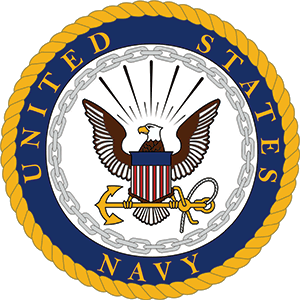ABOUT HELANTISUBRON ONE (HS-1)
- First U.S. Navy Antisubmarine Helicopter Squadron: HELANTISUBRON ONE (HS-1), also known as "Seabat," was established on 1 October 1951, making it the first antisubmarine helicopter squadron in U.S. Navy history.
- Founding Location: HS-1 was originally established at Naval Air Station Key West, Florida, before moving to Naval Air Station Quonset Point, Rhode Island, and later to NAS Jacksonville, Florida.
- Pioneering Helicopter Models: The squadron initially operated the Sikorsky HO4S-3 helicopter, transitioning over time to models such as the HSS-1 Seabat, SH-3 Sea King, and ultimately the Sikorsky SH-60F and HH-60H Seahawk.
- Training Mission: HS-1 became the Navy’s primary Fleet Replacement Squadron (FRS) for training pilots, aircrew, and maintenance personnel in antisubmarine warfare (ASW) helicopter operations.
- Vietnam War Contribution: HS-1-trained crews and aircraft played vital roles in combat search and rescue (CSAR) and ASW missions during the Vietnam War.
- Presidential Support: HS-1 was instrumental in training crews for the “Marine One” mission, which provided helicopter transport for the President of the United States.
- Innovator in Night Operations: The squadron was a pioneer in night and all-weather helicopter operations, enhancing the Navy’s ability to conduct ASW and SAR under challenging conditions.
- Accident-Free Record: Over certain periods, HS-1 achieved notable safety milestones, including thousands of accident-free flight hours, earning them multiple Chief of Naval Operations (CNO) Safety Awards.
- Disestablishment: After nearly 55 years of service, HS-1 was disestablished on 29 June 2005 as part of a Navy-wide reorganization of helicopter squadrons.
- Legacy: HS-1's traditions and training standards continue today in successor Fleet Replacement Squadrons, notably Helicopter Maritime Strike Squadron 40 (HSM-40) and Helicopter Sea Combat Squadron 2 (HSC-2).

